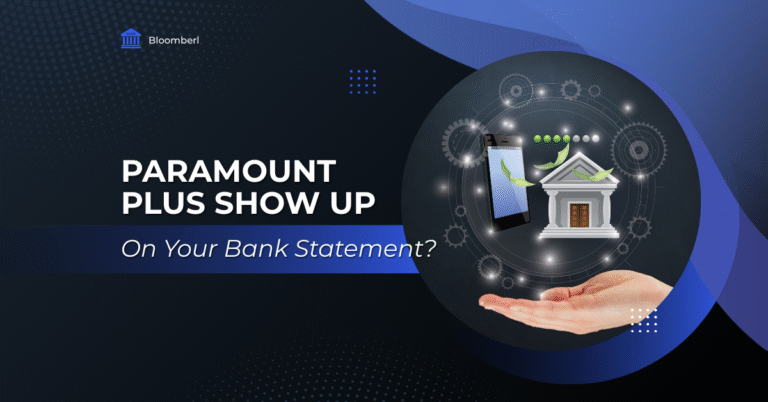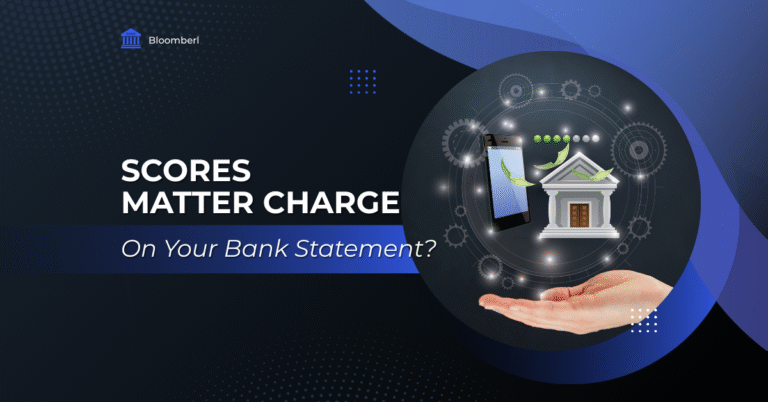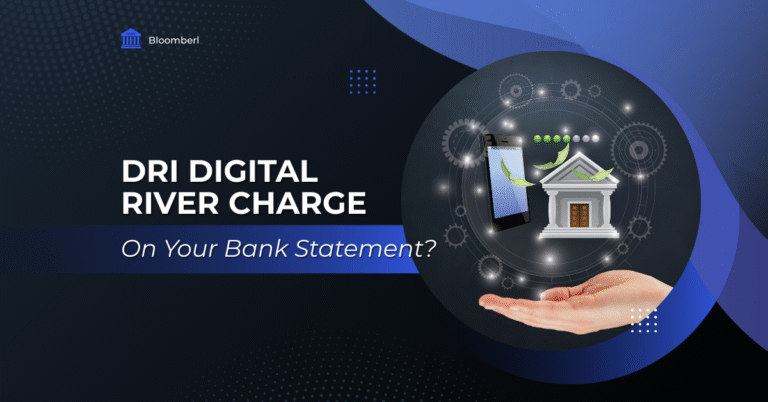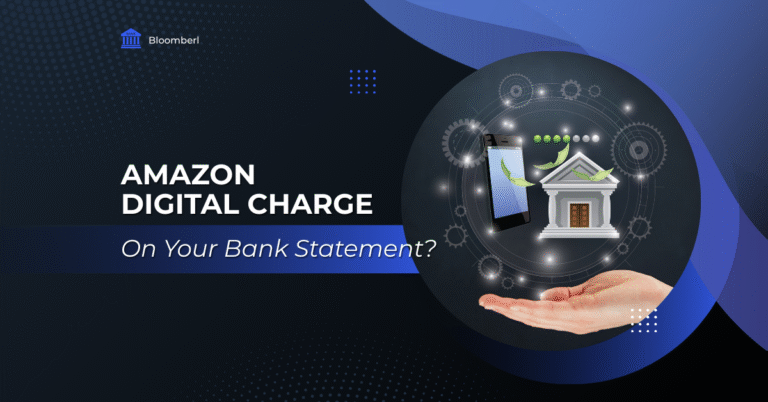What Does SQ Mean on a Bank Statement?
Keeping track of every charge on our bank statements can be difficult as more individuals start using digital payment methods. The SQ fee, which shows up on bank statements, is one such charge that could be confusing. Gaining knowledge about the meaning of SQ, its causes, and how to spot it on your bank statement will improve your money management.
What Is the SQ Transaction?
Square Inc., a popular platform for handling digital payments, charges a payment processing fee, which is represented by the SQ charge on a bank statement.
What Is Square Inc?
Online shops, small and medium-sized enterprises, and individuals can all benefit from Square Inc.’s payment processing solutions.
Businesses are assessed a processing fee to offset the expenses of handling consumer payments made with credit and debit cards.
When you buy something from a company that accepts Square as a payment processor, Square processes the transaction amount, which means they get the money, check the credit card details, and send the money to the company.
Square charges the company a processing fee in exchange, which is determined by taking a percentage of the total amount of the transaction. Typically, the processing cost is 2.9% + 30 cents per transaction; however, this might change based on the transaction type and other variables .
It is a valid charge that reflects the price of the service that Square offers.
How Does SQ* Appear on a Bank Statement?
When you buy something from a company that accepts Square as a payment processor, the transaction and a description of it will show up on your bank statement.
When a SQ charge is present, your bank statement may have the following transaction codes and statement descriptors:
- SQ*
- SQ*CAP
- SQUARE
- SQC*
- SQUAREUP
- GOSQ.COM
- SQ SQUARE INC
- Purchase SQ
- SQ My Business
- SQ Alma Charge
- SQU*SQ
- Checkcard SQ
- Square San Francisco CAUS
- POS Debit SQ
The bank or financial institution where you have your account may have different transaction numbers and descriptors.
Make sure you comprehend each code used to represent charges and payments on your statement by consulting your bank’s code list.
Look for a line item with a description that includes SQ, Square, SQ*, SQC*, or SQUAREUP, followed by the name of the merchant or company name, to locate the SQ transaction on your bank or credit card statement.
Depending on the payment made, the Square Inc. transaction amount on your bank statement may change, but it should be made clear on the statement.
How Much Does Square Charge Per Transaction?

It’s critical to comprehend the costs involved with every transaction when using Square as a payment processor. In order to pay for the expenses of processing consumer credit and debit card payments, Square charges companies a processing fee.
Usually, the fee is computed as a predetermined amount each transaction plus a percentage of the transaction total.
Below is a summary of the fees that Square usually charges:
- For in-person transactions using a Square reader or point-of-sale system Typically, the processing cost is 2.6% plus 10 cents for each transaction. Square does, however, occasionally provide exclusive prices and deals for brand-new companies or particular kinds of transactions.
- For e-commerce transactions made online through a Square payment gatewayTypically, the processing cost is 2.9% plus 30 cents for each transaction. Once more, special prices and sporadic promotions can be offered to particular companies or transaction volumes .
It is crucial to remember that these prices are subject to change, and in order to assure accuracy, exact pricing information should be verified with Square’s official pricing and charge schedule.
Square’s clear pricing schedule makes it easier for companies to comprehend the expenses related to taking online payments. Both customers and merchants can use Square’s platform to execute transactions with confidence if they are aware of the costs.
How to Prevent Unknown SQ* Bank Charges
It is crucial to take specific precautions and adhere to certain recommended practices when using Square to avoid unidentified SQ bank charges.
You can take the following actions to avoid unidentified SQ bank charges:
Keep Track of Your Transactions
Carefully monitoring your transactions is the first step in avoiding unexpected SQ bank costs. Make sure you can identify every SQ transaction on your bank statement by routinely reviewing it.
Related Article
What Is the SP AFF* Charge on Your Bank Statement?
Investigate any unusual charges right once, and if need, get in touch with Square customer service or your bank.
Verify Transactions Before Making Payments
Make sure you understand the transaction total, including any processing fees, before using Square to make any payments.
Before making any payments, confirm the transaction details so you know what to anticipate.
Read the Merchant’s Payment Policies
Read the merchant’s payment policy and confirm that you are aware of the various payment options before completing any transactions.
Some retailers might not accept other payment options or might impose additional costs for using digital payment methods.
Use Trusted Merchants
Using reputable merchants is the best way to lower the danger of unidentified SQ bank charges.
Make sure the merchant is trustworthy and respected by doing some research before making any payments. Prior to making any payments, check the merchant’s credentials, reviews, and ratings.
You should contact your bank right away if you do not recognize a transaction with a SQ* or GOSQ.COM transaction, since this could be a sign of fraudulent activity.
To confirm the transaction and make sure it is authentic, you may also look through your Square account history.
Handling an Unknown SQ Bank Charge
You might have used Square to make a transaction or payment and just can’t recall. To find out more about the charge, you can look through your Square account’s recent transactions.






